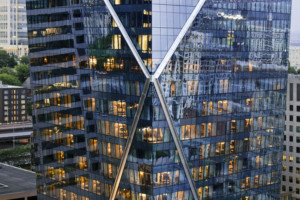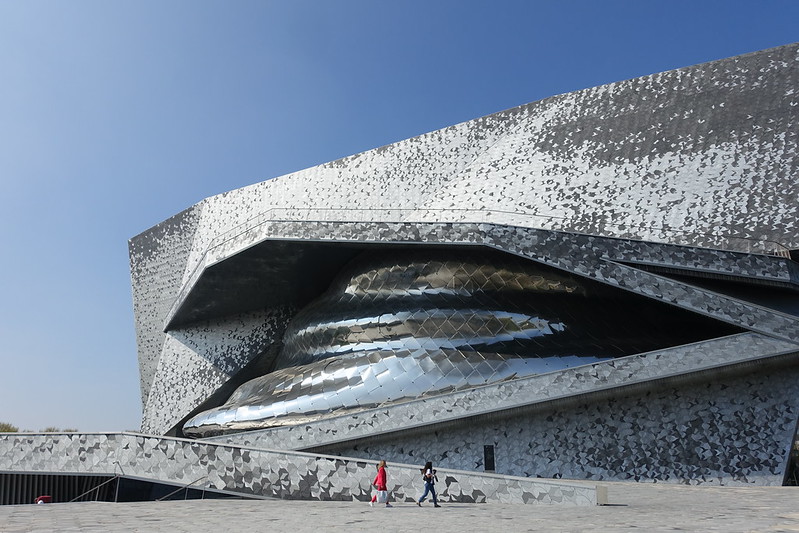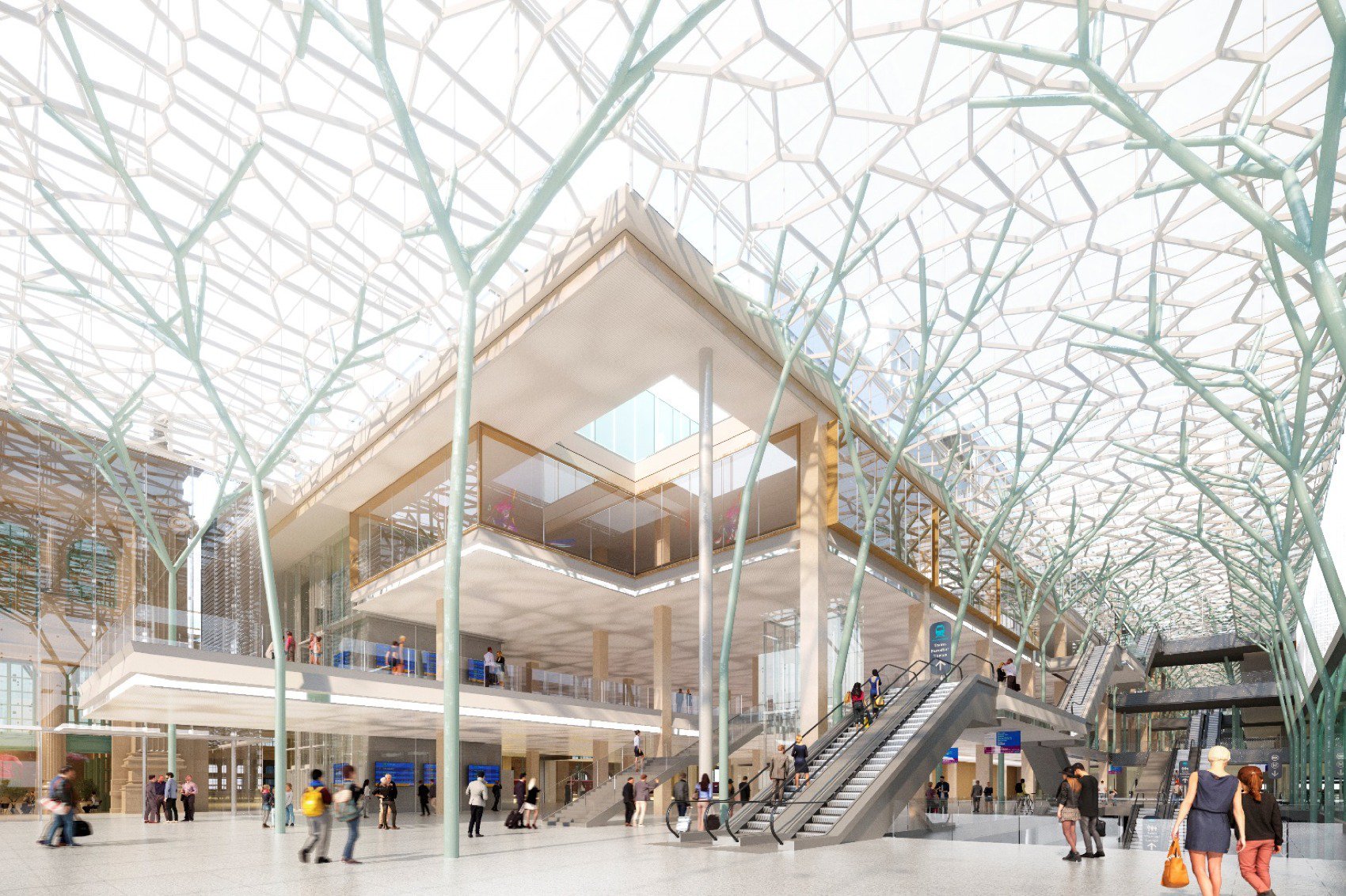At this year’s “Lunch at a Landmark,” which took place in a historic McKim, Mead & White building in Manhattan, French architect Jean Nouvel discussed a few of his projects in New York and abroad with his friend and sometimes-collaborator, Thomas Krens, director emeritus of the Solomon R. Guggenheim Foundation. Nouvel, who has won the most significant architecture awards in the world, such as the Pritzker Prize, the RIBA Royal Gold Medal, the Imperial Prize of Japan, and the Aga Khan award, chose the theme “CONTEXTUALITIES” as the framework by which to discuss his projects.
Krens kicked off the conversation: “Architects tend to develop a personal vocabulary that can be translated to different contexts,” he said. “For example, you can easily recognize a Frank Gehry. The neat thing about Jean is that he doesn’t start with a vocabulary; he starts with a place: What is the feel about the place? Where is the place going? Is it urban? Is it historical? Is it a fresh site?”
Nouvel outlined his unique approach as slides of his stunning projects were shown, including the Cartier Foundation in Paris, the Arab World Institute, Opéra Nouvel in Lyon, France, 40 Mercer, 53W53, and 100 Eleventh Avenue in New York, Jane’s Carousel in Brooklyn, the Guggenheim in Rio de Janeiro, Church of Saint Mary, and the Louvre Abu Dhabi.
“If I know nothing about the situation, I don’t know why I should build one thing or another one. I think architecture is an art, but we are special artists. Artists, they can go anywhere they want and they are totally free. But you can’t go to a place and say ‘It will look like this’ and we cannot impose the same vocabulary through style. Some style is apparent—it’s not part of the formal context—but I think architecture should be unique to the situation. I think the situation for me is the history of the place, the culture, the spirit of the city, the moment in time. I think there are lots of different situations and if we make the same projects for all of these different situations, then you won’t know where you are when you travel around the world. So for me, contextuality must be the main parameter.” Nouvel credits his upbringing and architectural education for this perspective. He worked under Claude Parent in his twenties and was very involved with the French intellectualism and the Structuralist movements.
In particular, Nouvel and Krens discussed the unbuilt Guggenheim in Rio de Janeiro and Nouvel’s radical decision to submerge a portion of the museum under water. Inspiration for the building, Nouvel said, stemmed from the first time he saw the city. “I arrived early in the morning and there’s the sea, which is flat, and then the city, and then the mountain. I was struck by the romance of the place and I wanted to capture the emotion of Rio de Janeiro as this fantasy landscape, to allow the museum to reflect this vision.”
Nouvel feels very strongly about this approach to building as a means of keeping cities vibrant and interesting. “Every time, we must reconsider the situation anew. Sometimes, architects will reproduce projects from the past and the cities become tepid, like a pastiche of themselves. It’s horrible.
The two ended their discussion with the Louvre Abu Dhabi, set to open in 2017. “The Louvre Abu Dhabi is the apotheosis of modern architecture,” Krens said. Indeed the building clearly reflects Nouvel’s unique approach: A massive, domed ceiling created from geometric shapes indicative of Arab culture creates stunning shafts of light, illuminating the art and the visitor. “To create a new situation, you have to consider that the main population will judge only what they can see, you have to consider contextuality and give back and focus on the people.”










